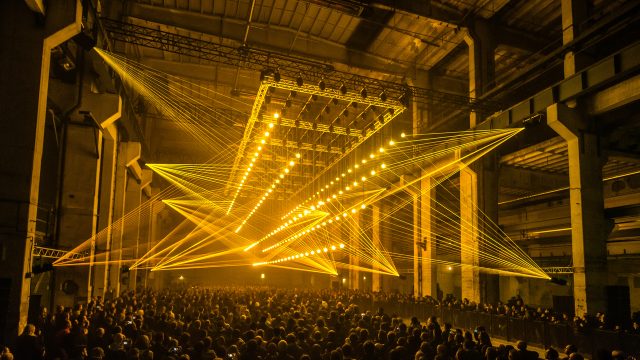Articles found in: Berlin

Berlin’s Exhibition Culture is Evolving
Published on July 13, 2022
Berlin’s Exhibition Culture is Evolving Author: Dagmar von Schönfeld, Content Editor & Senior Key Account Manager Culture by visitBerlin In Berlin, art has risen from the walls, transformed itself and conquered new spaces. At the same time our whole world is changing rapidly: digitization, global networking, social upheaval, new perspectives on the past. In order […]
Keep reading
